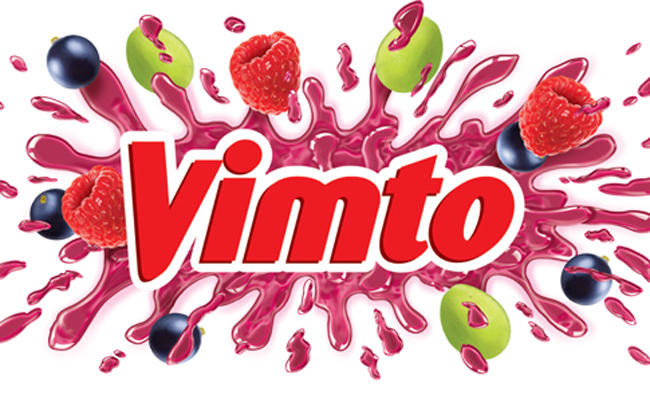JEDDAH: As Muslims worldwide observe the holy month of Ramadan, Vimto is a widely recognized beverage on virtually every table after long hours of fasting.
For many Muslims and non-Muslims alike, the origin of the purple drink is a surprise, having been a herbal tonic that supposedly gives the drinker “vim and vigor” — Vimtonic.
The invention of Vimto dates to 1908, when the late John Nicolas added berries and herbs with distinctive and refreshing flavors.
The sweet British product was first produced and sold in Manchester, and later spread throughout China, India, the Arabian Gulf and Africa.
After a friend of Nicolas took the drink to India for British soldiers, Vimto soon became a registered trademark.
In 1927, it made its first appearance in the Gulf, when the first generation of traders in the Aujan family brought the product to Bahrain, Kuwait, Saudi Arabia, Iraq, Abu Dhabi, Dubai, Sharjah and Oman.
Vimto started to be produced in the Saudi city of Dammam, where the region’s first beverage production factory was located.
It soon became a huge success in the Middle East, especially the Arabian Gulf, and became an inseparable part of the iftar table.
More than 30 million bottles of Vimto are sold in the Middle East every year, with Saudi Arabia, Kuwait and the UAE the largest markets in the region. The Gulf version of Vimto is believed to contain more sugar than in Western markets.
Even the music in the Arabic Vimto advert has become attached to Ramadan in people’s minds.
Vimto: All the way from Manchester to Ramadan tables

-
{{#bullets}}
- {{value}} {{/bullets}}




